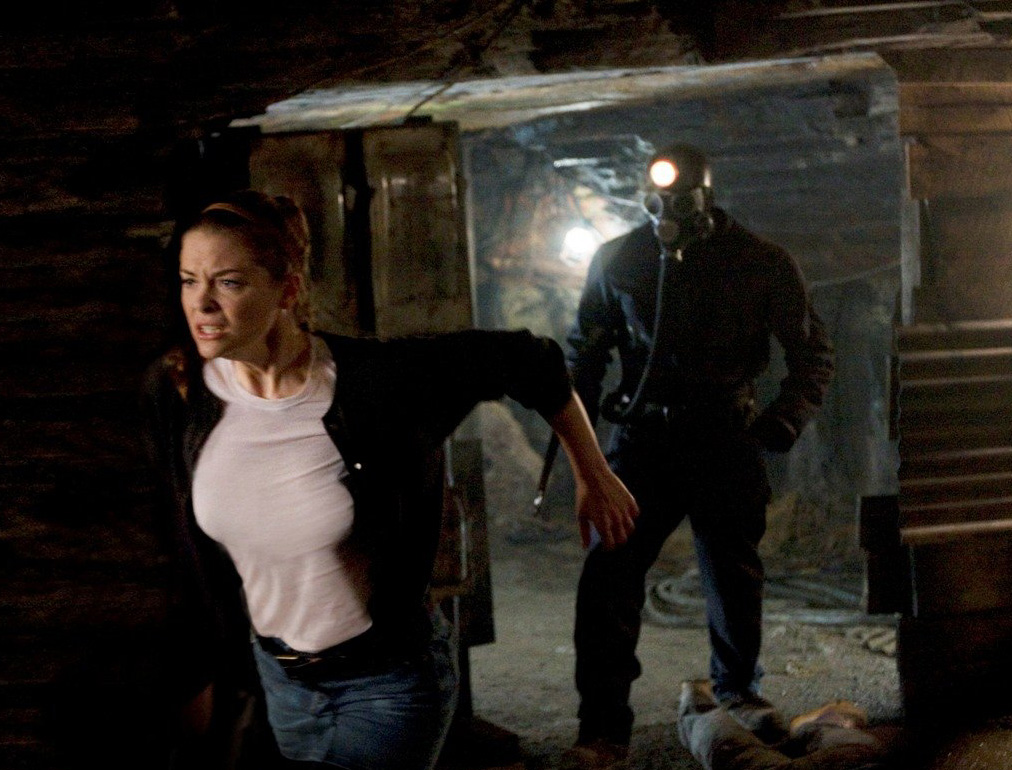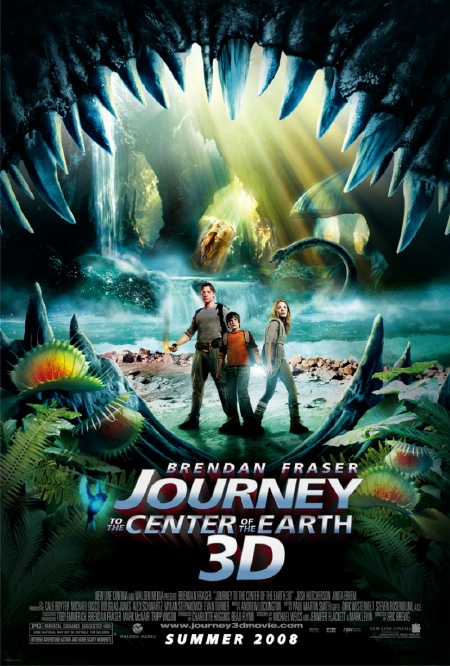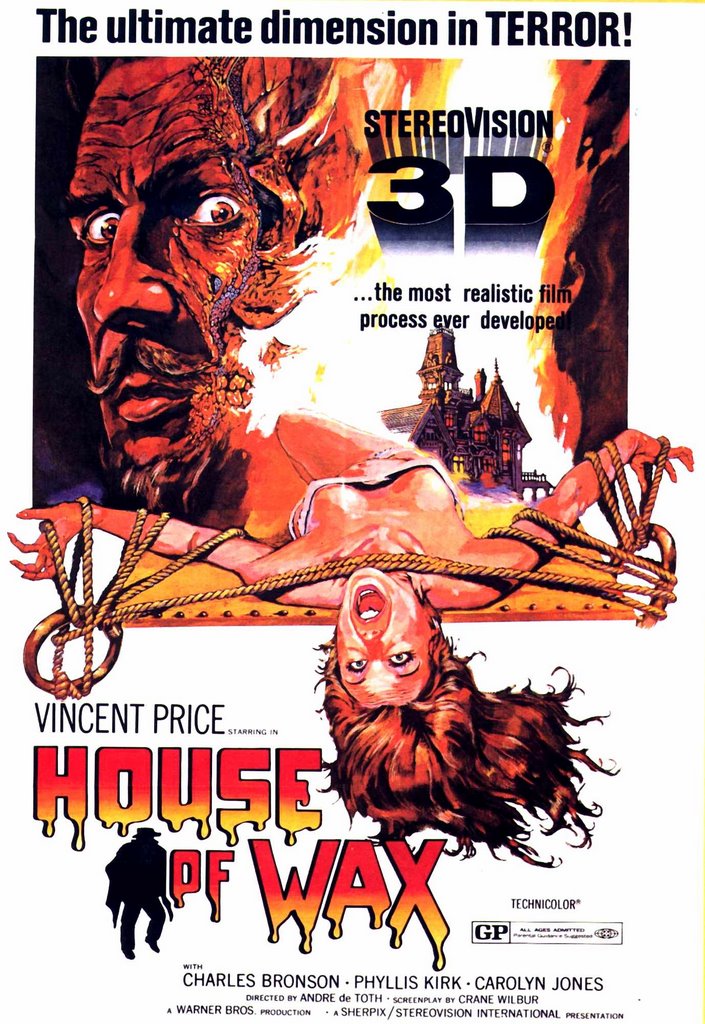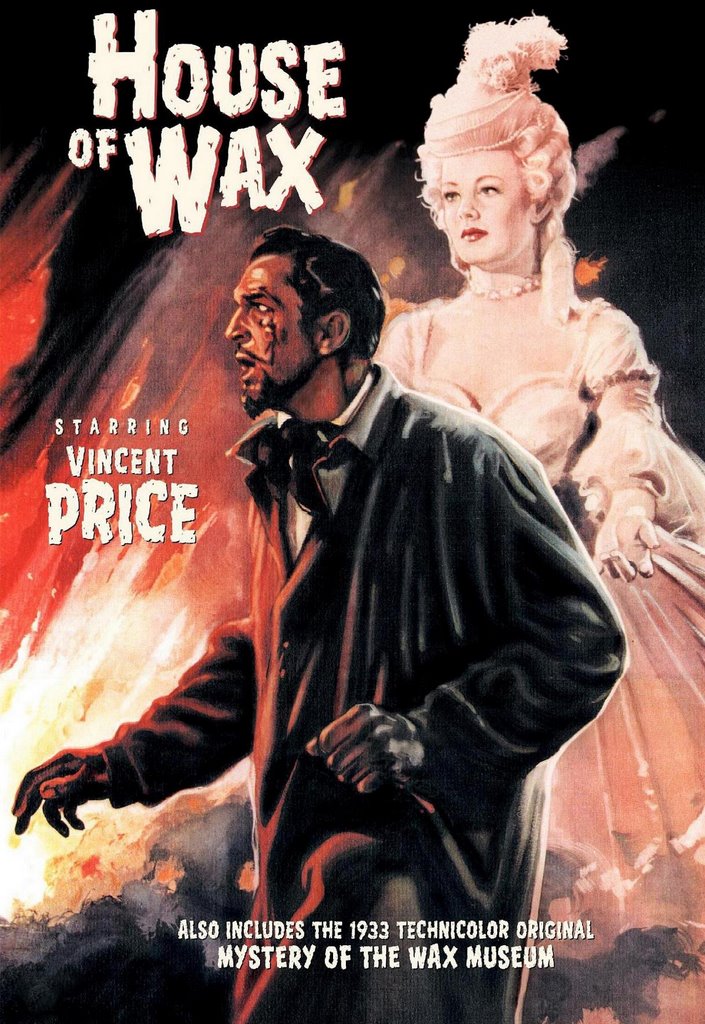 They say you can’t go home again – meaning either that the place has changed in your absence or, perhaps more profoundly, that reality can never live up to nostalgic memories of how good it used to be. Sadly, this sometimes seems true of movies, especially horror movies: those great fright flicks of your impressionable youth turn out to be not so scary when seen as an adult; in fact, many are outright ludicrous. Fortunately, there are rare exceptions, films that failed to shock you as a child but which reveal perhaps more subtle chills to your more mature mind. For me, personally, this has happened a few times. THE BLACK CAT (1934) seemed dull when I was an avid young monster-movie fan (it has Boris Karloff and Bela Lugosi, but no monsters); only later did the aura of perversity reveal itself in its full glory. THE MASQUE OF THE RED DEATH (1964) was watchable, but only later did the profound nature of its clash of faith (between Christianity and Satanism) reach out of the screen with a force that made me release I was seeing a truly great film. Another good example is HOUSE OF WAX, the 1953 3-D classic starring Vincent Price.
They say you can’t go home again – meaning either that the place has changed in your absence or, perhaps more profoundly, that reality can never live up to nostalgic memories of how good it used to be. Sadly, this sometimes seems true of movies, especially horror movies: those great fright flicks of your impressionable youth turn out to be not so scary when seen as an adult; in fact, many are outright ludicrous. Fortunately, there are rare exceptions, films that failed to shock you as a child but which reveal perhaps more subtle chills to your more mature mind. For me, personally, this has happened a few times. THE BLACK CAT (1934) seemed dull when I was an avid young monster-movie fan (it has Boris Karloff and Bela Lugosi, but no monsters); only later did the aura of perversity reveal itself in its full glory. THE MASQUE OF THE RED DEATH (1964) was watchable, but only later did the profound nature of its clash of faith (between Christianity and Satanism) reach out of the screen with a force that made me release I was seeing a truly great film. Another good example is HOUSE OF WAX, the 1953 3-D classic starring Vincent Price.
This was a film I knew by reputation long before I had a chance to see it, and when I finally did see it – on television, sans the third dimension – it was a monumental disappointment. I found it colorful but boring; the costumes and production design seemed to belong in a romantic-comedy period piece, and the directing style seemed flat and uninvolving. The horror scenes did not strike me as particularly memorable, and the character scenes seemed even worse. I was particularly befuddled by a lengthy dialogue between leading ladies Phyllis Kirk and Caroline Jones, whose continual giggling made me want to toss the television set out the window.
Years later, while working on a retrospective article on the career of Vincent Price for Cinefantastique magazine, I had the opportunity to see a 16mm print of the film, still without stereoscopic vision. Uninterrupted by commercials and on a somewhat larger screen, HOUSE OF WAX seemed adequate – a watchable effort that might be considered a classic, because of its historic place as the first 3-D horror film, but which was far from being a truly good movie. Yes, it had Price and a wax museum and all the machinery one expects to see in a horror film, but it just didn’t seem to have any life – not the old-fashioned atmospherics of Universal classics like FRANKENSTEIN, nor the robust gusto of the boldly bloody Hammer horror films of the ’50s and ’60s.
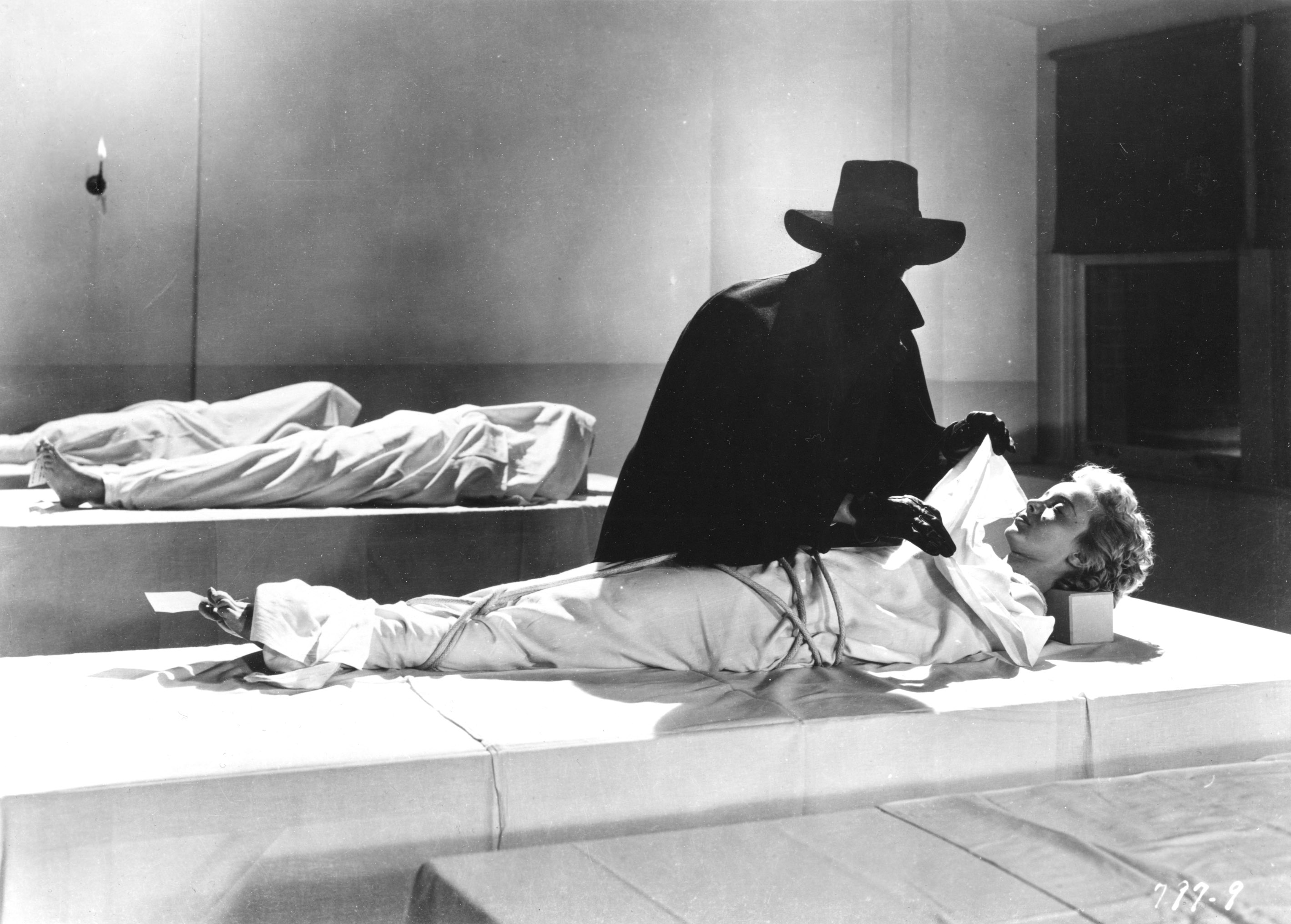
Well, all that changed when I finally got to see the film in a real theatre – in 3-D. This was courtesy of a 3-D festival at the Egyptian theatre in Hollywood last year, which was a real treat. The stereoscopic vision completely sucked me into the film’s waxwork world, and scenes that had previously seemed flat and uninvolving now shimmered with atmosphere and suspense. The film still did not strike me as perfect (as John Brosnan noted in his book The Horror People, the killer’s pigeon-toed style of walking is a bit bizarre), but the strengths were more than enough to compensate for the weaknesses. So, even if HOUSE OF WAX is not a masterpiece, it does deserve its designation as a classic, and I regret the somewhat dismissive tone I adopted in the pages of the Vincent Price article I co-wrote with David Del Valle.
Not only was this screening my first opportunity to enjoy the HOUSE OF WAX as it was meant to be scene, but also actor Paul Picerni, who played the hero, was on hand to speak before the film, delivering several amusing anecdotes about the behind-the-scenes antics. Picerni began by joking, “It’s hard to believe I played the young male lead – it’s fifty years later, and I’m old and fat!: He added with a laugh, “But jolly!”
 Picerni recalled that the film – the first 3-D feature from a major studio – was a huge box office success when it was released. In the days before simultaneous release in thousands of theatres nationwide, HOUSE OF WAX had a series of premiers in major cities around the country. Picerni, a New York native, missed the Hollywood opening but was present for one in New York.
Picerni recalled that the film – the first 3-D feature from a major studio – was a huge box office success when it was released. In the days before simultaneous release in thousands of theatres nationwide, HOUSE OF WAX had a series of premiers in major cities around the country. Picerni, a New York native, missed the Hollywood opening but was present for one in New York.
In those days, the big movie palaces employed orchestras to perform before the movies on special occasions. In this case, Eddie Fisher was singing, and afterward he dedicated his performance to the man who gave him his break in the business, Eddie Kantor. Then the stars of the movie were introduced: Vincent Price, Frank Lovejoy, Phyllis Kirk, and finally Picerni. Picerni told the audience that, since Fisher had thanked the man who gave him his break, he himself wanted to thank the woman to whom he owed everything and asked his mother to stand and take a bow. After he left the stage, a studio publicist came up to Picerni and said, “That was a wonderful moment! Not a dry eye in the house! Do you think you could get your mother to come to the second show, too?”
As for filming the movie, Picerni recalled no specific technical difficulties arising from the 3-D process, which required a large rig consisting of two cameras strapped together (one to film an image for the right eye to see, one to film an image for the left eye to see). But he did say that director Andre de Toth’s visual style caused him some headaches.
In order to exploit the 3-D element to maximum effect, DeToth shot most of the movie with wide-angle lenses and deep focus, emphasizing the depth of the screen. This meant that most of the action had to be performed by the actual actors, even when the scenes called for fights or dangerous stunts that should have been performed by stunt man – the actors faces were going to be clearly visible, preventing any kind of substitution..
Picerni’s big scene near the end involved a fight with Igor, the malevolent manservant played by Charles Bronsosn (then using the name Charles Bushinksi).
“He was not a weight-lifter, but he was well-built from working in the coal mines,” Picerni recalled. “And he was ugly! Perfect for the role. DeToth had him picking me up and slamming me on the floor; we were throwing chairs and axes at each other.”
In the scene, Igor eventually knocks Picerni’s character out and puts his head in a guillotine that is part of the wax museum’s chamber of horrors. Director DeToth wanted to film the following action in a single take: the police rush in, fight with Igor, subdue him, and remove Picerni’s head from the guillotine – just before the blade falls.
According to Picerni, he was concerned about the safety of the scene, because the guillotine was a real one. “I went to the cameraman and said, ‘This is a gag, right? He doesn’t plan to film all that in a single take.’ But he was. I asked DeToth, ‘How are you going to control the blade?’ He said the property master was going to sit on top of the guillotine, holding the blade between his legs, then let it drop after my head was removed. I said that sounded dangerous, and DeToth said to me, ‘What are you – a chickenshit?”
While the shot was being set up, Picerni spoke to a stunt man, asking what he thought of the safety question. “He said the only way he would do it – and even then he would have to think about it – was if he had control of the blade. So I just stood there. I was under contract to Warner Brothers. I couldn’t fight with the director, or I’d be fired and lose my contract, and I had a wife with a baby on the way. When they called ‘places,’ the other actors took their places, but I didn’t move. DeToth said, “Picerni, put your head in the guillotine.’ I said I wouldn’t do it the way he was planning. He yelled at me, “Picerni, put your head in the guillotine, you god-damned coward!’ I said to him, in a way that Brando might have, ‘If you ever call me a coward again, I’ll kill you!’ That was the New York Dago in me coming out.”
Picerni found himself suspended, but a few days later a representative from the studio came to ask him to return. The only condition was that Andre DeToth wanted Picerni to agree to film the scene as planned. Picerni again refused. Then the studio contacted him again. This time, DeToth agreed to have a metal bar, suspended like a parallel bar, inserted beneath the guillotine blade. After Picerni’s head was removed from the wooden block, the bar would slide out, allowing the blade to drop.
The epilogue to the story is that, a year later, Picerni was offered a small part in a Randolph Scott Western. Much to his surprised, the film was being directed by DeToth. Picerni read the script and saw that his character was riding shotgun on a stage coach that – on page 3 – went over a cliff! “That was Andre De Toth’s revenge,” Picerni quipped.
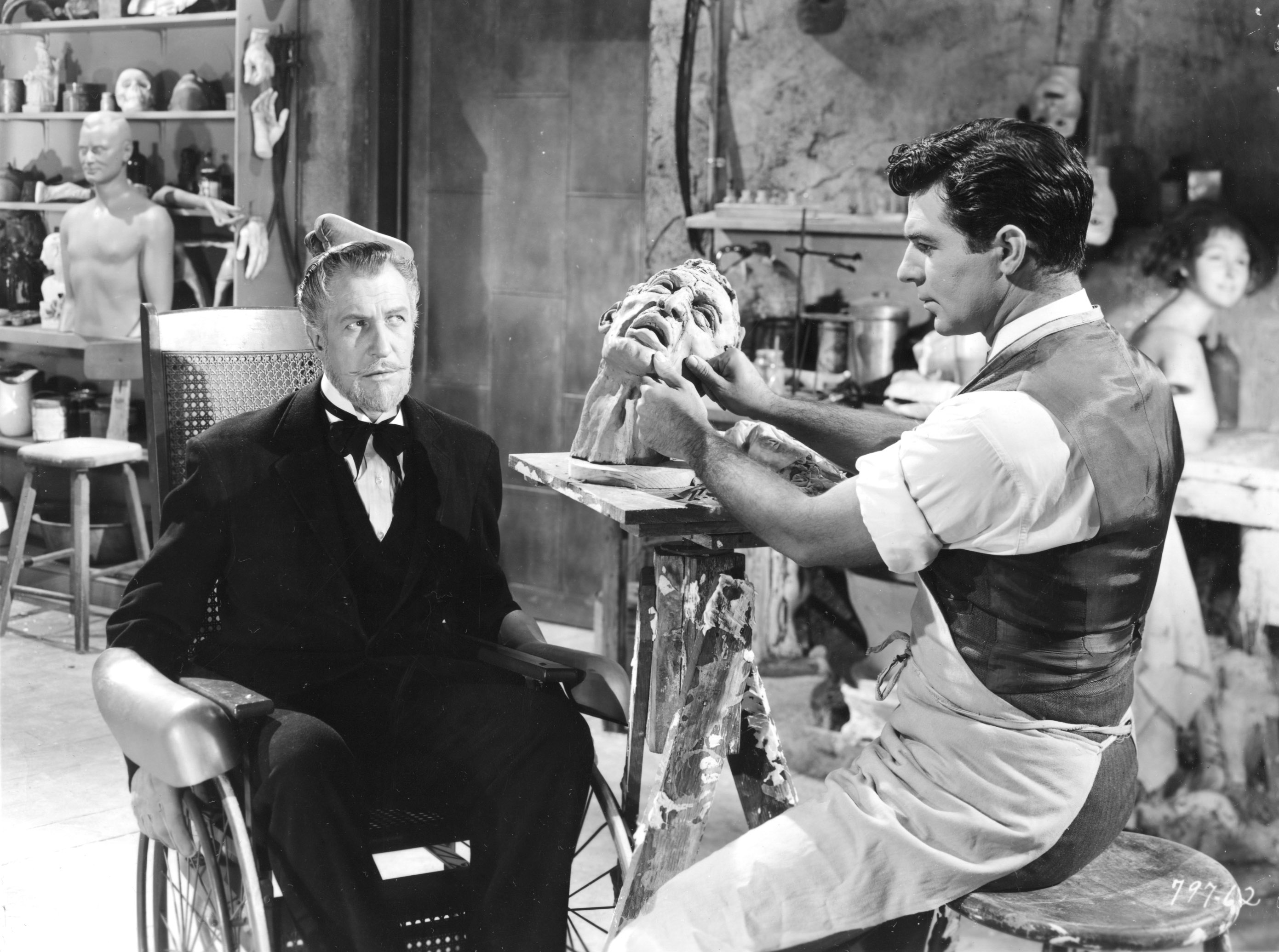
As for the film’s star, Picerni recalled that Vincent Price was a wonderful, charming man. During the promotional tour, the two actors found themselves dining at a restaurant in New York frequented by Broadway actors, many of whom they recognized even if they could not recall their names. When Picerni said he felt awkward meeting people he felt he should know, Price volunteered that he had found the perfect solution:
“When I see someone approaching whose name I don’t remember,” Price explained, “I just extend my hand and say, ‘Vincent Price.’ Inevitably, the other person takes my hand, and says his own name.”
Picerni recalled that, as if on cue, Price saw a familiar face approaching him. Price stood, extended his hand, and said, “Vincent Price.” The other man – apparently an actor – said, “You don’t need to tell me your name – I’ve killed you in three films.” To this day, Picerni says he has never learned the name of that other actor.
RELATED ARTICLES: House of Wax Retrospective
 This film goes a long way toward giving remakes a good name. It takes a not particularly memorable film – one of a myriad holiday horror titles to follow in the wake of John Carpenter’s HALLOWEEN (1978) – and turns it into a crowd-pleasing horror movie that is actually much better than the slasher films of the 1980s from which it borrows its template. It delivers more than enough gore to satisfy the horror hounds – all of it comin’ at ya in glorious 3-D – but it never feels sadistic or off-putting.
This film goes a long way toward giving remakes a good name. It takes a not particularly memorable film – one of a myriad holiday horror titles to follow in the wake of John Carpenter’s HALLOWEEN (1978) – and turns it into a crowd-pleasing horror movie that is actually much better than the slasher films of the 1980s from which it borrows its template. It delivers more than enough gore to satisfy the horror hounds – all of it comin’ at ya in glorious 3-D – but it never feels sadistic or off-putting.